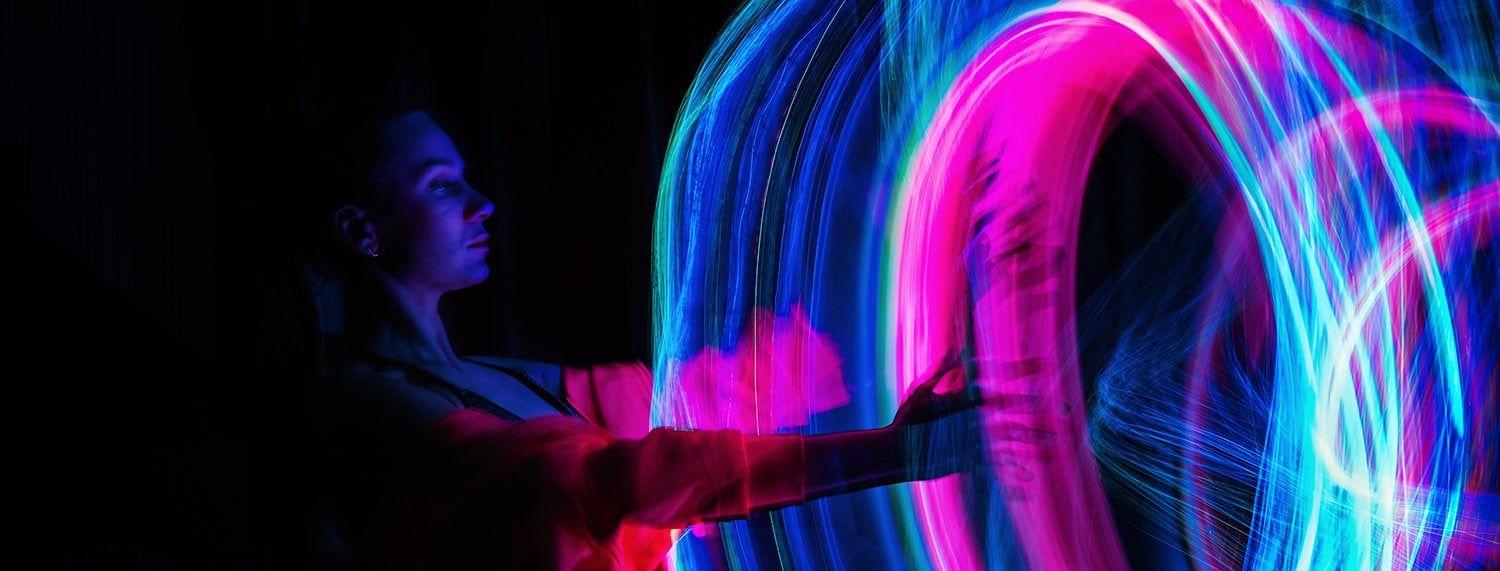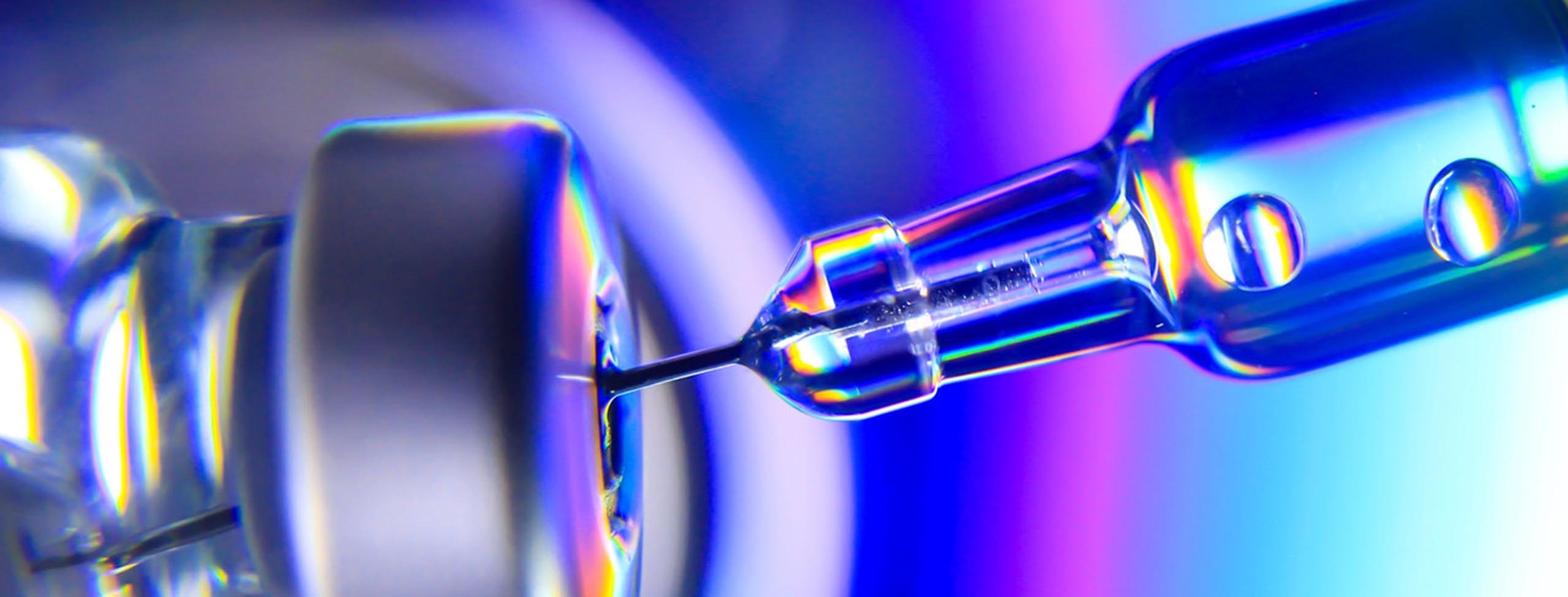
21 March 2023 • 6 minute read
Five key takeaways on recent US copyright policy developments for artificial intelligence
The US Copyright Office announced a comprehensive initiative to examine critical issues for copyright law raised by artificial intelligence (AI) technology. These issues include (1) the scope of copyright protection for works generated using AI tools and (2) the use of copyrighted materials in AI training and the potential copyright infringement implications of such use.
In its March 16, 2023 announcement, the Copyright Office said it will focus on gathering informal public input over the next few months and then seek more formal input on policy considerations later in 2023. Members of Congress have also asked the US Copyright Office and US Patent and Trademark Office to establish, by October 2023, a national commission to assess the IP implications of AI and make policy recommendations for incentives to foster AI-related innovation and creativity. Whether such a commission will be established is still an open question.
We summarize below the upcoming opportunities to engage with the US Copyright Office on AI policy and the Copyright Office’s current position on registrability of works generated by and with AI.
Get involved in the AI policy discussion
Given the diversity of issues raised by AI for technology developers, creators, and downstream users across media industries from financial reporting to live music to software, the Copyright Office will be holding a number of sector-specific “listening sessions” between April 19 – May 31, 2023. Each three-hour session will be streamed for public viewing, but you must register to speak or attend the virtual sessions.
- April 19, 2023 – Literary Works Listening Session (deadline to request to participate – March 31)
- May 2, 2023 – Visual Arts Listening Session (deadline to request to participate – April 11)
- May 17, 2023 – Audiovisual Works Listening Session (deadline to request to participate – April 26)
- May 31, 2023 – Music and Sound Recordings Listening Session (deadline to request to participate – May 10)
Current policy on copyright protection for works generated using AI tools – it depends
As part of its 2023 AI initiative, the Copyright Office issued some initial public guidance regarding the scope of copyrightable authorship in works containing materials generated by or with AI. In particular, the Copyright Office stated that “AI-generated content that is more than de minimis should be explicitly excluded from [a copyright] application.” The Copyright Office also (somewhat ambiguously) stated that works containing AI-generated elements will be evaluated on a case-by-case basis by taking into account how the AI tool operates and how it was used to create the final work. With more guidance on how AI technologies work, this aspect of policy is likely to become more refined.
Here are our five takeaways regarding the current policy statement:
1. Human authorship is required- The Copyright Office reiterates its longstanding position that human authorship is required for copyright protection.
- Users of generative-AI are unlikely to have a copyright claim over the output based on the Copyright Office’s understanding that “users do not exercise ultimate creative control over how such systems interpret prompts and generate material.” (This assumes such a claim would even be allowed under the terms of use of the particular AI tool.)
- The Copyright Office’s analysis of the scope of protection for Zarya of the Dawn and in its ongoing litigation in Thaler v. Perlmutter, Case No. 1:22–cv–01564 (D.D.C.) exemplifies the narrow protection under current policy.
- Prompts are generally viewed as conceptual directions to the AI tool, but the Copyright Office holds open the potential for some complex prompts (but not necessarily the output) to exhibit sufficient creativity to merit protection.
- Time and effort to enter thousands of prompts to obtain a set of AI-outputs is unlikely to secure protection over the outputs because effort does not necessarily equate to the creativity required for copyright.
- The March 2023 policy statement is notably silent with regard to what rights the AI developer may have in the outputs generated by its AI program. That said, the current Copyright Office registration guidance states: “[a]s a general rule, a computer program and the screen displays generated by that program are considered the same work, because in most cases the screen displays are created by the program code, together with any internal image library. If the copyright in the program and the screen displays are owned by the same claimant, the program and any related screen displays may be registered with the same application.” Compendium sec. 1509.1(F)(6) (3d ed. 2021)).
- Note, however, that terms of use concerning the user interaction with AI may impact the scope of these claims.
- As noted above, the Copyright Office takes the general position that “AI-generated content that is more than de minimis should be explicitly excluded from the [copyright] application” and that the application should include “a brief explanation of the human author’s contributions to the work.”
- Individuals who use AI-based tools in creating a work may claim copyright protection for their own contributions to the work such as: separate text, compilation authorship, or sufficiently creative changes or additions to the AI-generated content.
- For example, a book with images created by AI can be protected in connection with the selection and arrangement of those images and other content that surrounds them, but the images themselves should be disclaimed under the current guidance.
- The Copyright Office expressly instructs applicants to correct pending applications and previously registered works to properly disclaim anything more than de minimis content generated by AI. Failing to do so may result in cancellation of registrations if subject to challenge in court or if the Copyright Office becomes aware of the failure to disclose the AI content integral to the claimed content.
The bottom line is that policy surrounding the broader IP implications of AI is ramping up. No matter the industry, the evolution of copyright law as applied to AI created works is likely to present both new opportunities and risk considerations.
Reach out
DLA Piper’s deep bench of copyright lawyers works with businesses to strategically manage the opportunities and risks associated with AI. If you have questions, please reach out to any of the authors.
Notably, output is not always part of the protectable work if sufficient authorship/originality does not exist. For example, the copyright in font software does not include the resulting typeface from that code.

